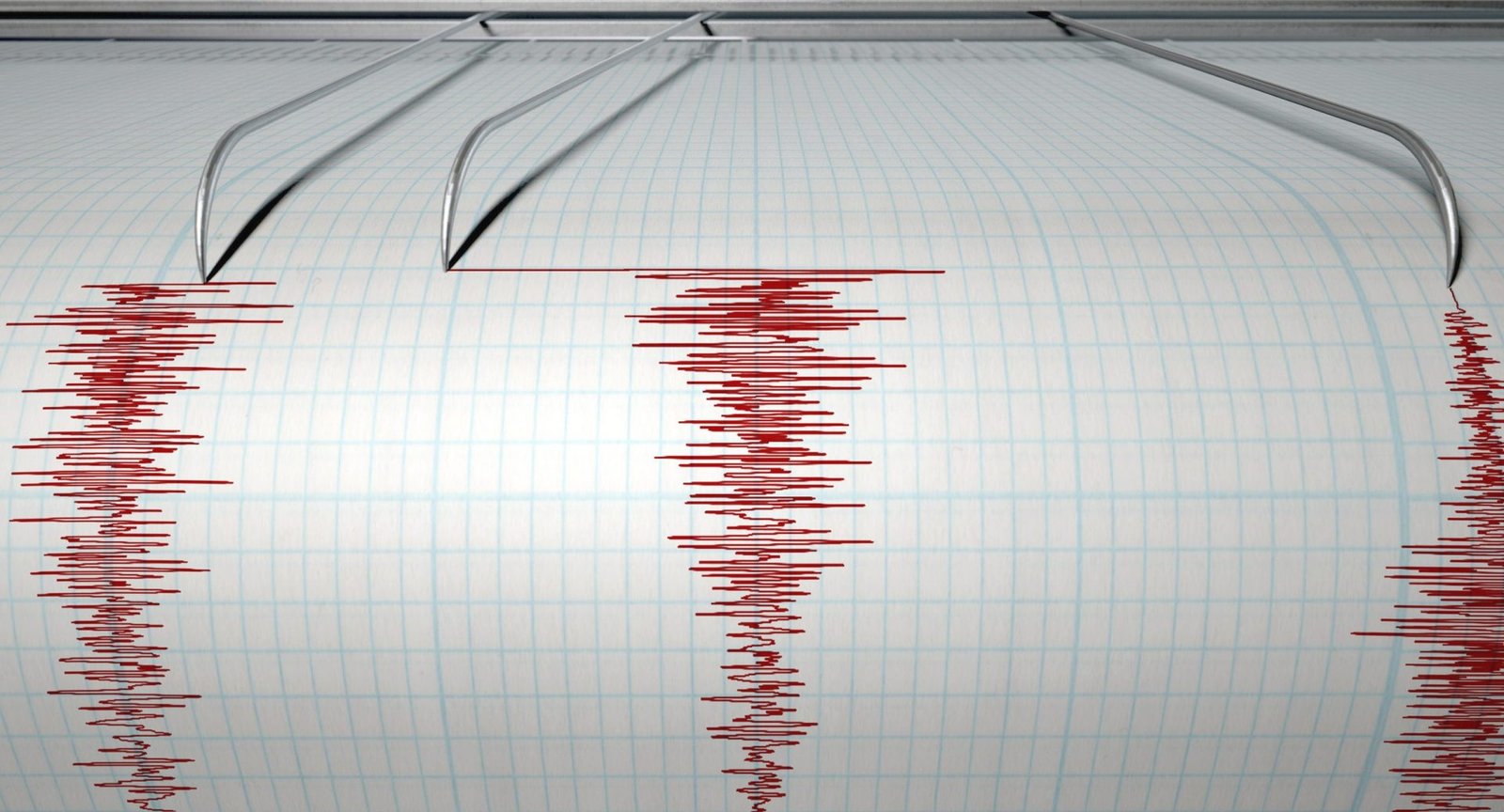Polygraph Examination Procedure
Polygraph examination, also known as a lie detector test, is a widely used tool in criminal investigations, pre-employment screenings, and other situations. The examination procedure is a complex and rigorous process that involves multiple steps and technologies. In this article, we will discuss the polygraph examination procedure in detail.
Step 1: Pre-Test Interview The examination procedure starts with a pre-test interview. The examiner will meet with the test subject to discuss the purpose of the examination and review the questions that will be asked during the test. The pre-test interview is critical in establishing a baseline for the test subject’s physiological responses.
During the pre-test interview, the examiner will explain the examination procedure, review the relevant questions, and ask the test subject about their health, medication use, and other relevant information. This information is essential in ensuring the accuracy of the test results.
Step 2: Hookup After the pre-test interview, the examiner will hook up the test subject to the polygraph machine. The machine typically consists of several sensors that measure changes in physiological responses, such as breathing rate, blood pressure, and skin conductivity.
The examiner will place several sensors on the test subject’s body, including two pneumographs that measure breathing, a blood pressure cuff that measures blood pressure, and skin conductance sensors that measure perspiration levels.
Step 3: Testing The testing phase is the heart of the polygraph examination procedure. During the testing phase, the examiner will ask a series of questions that the test subject will answer. The questions will be a combination of relevant questions that pertain to the subject under investigation and control questions that are designed to establish a baseline for physiological responses.
The examiner will typically ask several relevant questions to determine the test subject’s knowledge and involvement in the matter under investigation. The relevant questions are typically yes or no questions and may be repeated several times to establish a baseline response.
The examiner will also ask several control questions to establish a baseline for physiological responses. Control questions are designed to evoke an emotional response from the test subject and are unrelated to the matter under investigation.
Step 4: Analysis After the testing phase, the examiner will analyze the data collected from the sensors. The analysis typically involves comparing the test subject’s physiological responses to the relevant and control questions. The examiner will then make a determination of deception based on the data.
The examiner will look for significant differences between the test subject’s physiological responses to the relevant and control questions. A significant difference may indicate deception or an attempt to conceal information.
Step 5: Post-Test Interview Finally, the examiner will meet with the test subject again for a post-test interview. The examiner will discuss the results of the test and any relevant findings. They will also give the test subject an opportunity to explain any physiological responses that may have been misinterpreted.
In conclusion, the polygraph examination procedure is a complex and rigorous process that involves multiple steps and technologies. The examination procedure starts with a pre-test interview and hookup, followed by testing, analysis, and a post-test interview. The examination procedure is designed to measure changes in physiological responses accurately to determine deception.
